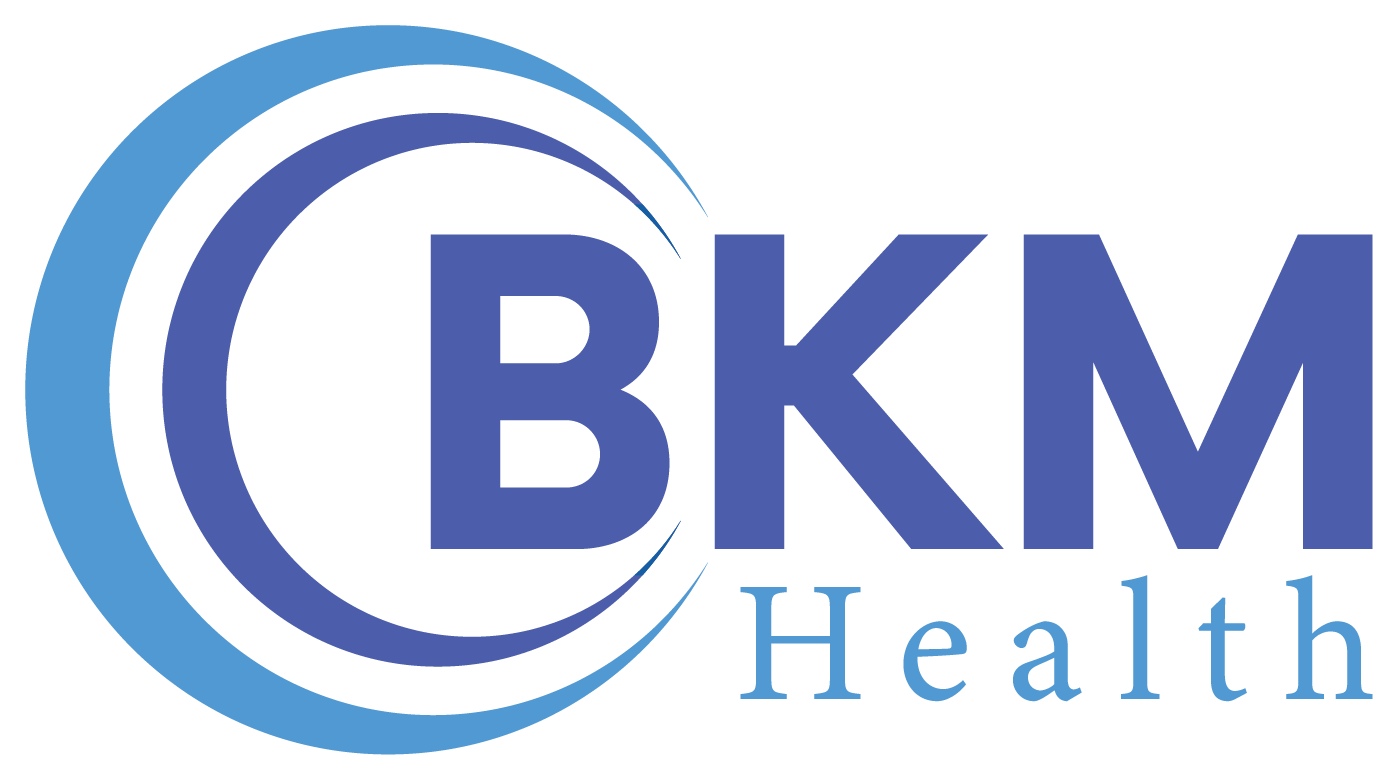Introduction
In the rapidly evolving global pharmaceutical industry, regulatory changes play a pivotal role in shaping the landscape of drug development, manufacturing, and market access. These changes are influenced by evolving healthcare needs, safety concerns, and technological advancements, affecting stakeholders across the industry. As regulations shift, they impact every aspect of pharmaceutical operations, from drug design to market strategies. This blog explores the multifaceted effects of regulatory changes on global pharmaceuticals and offers insights into how industry players can navigate these challenges.Impact on Drug Development
Regulatory changes significantly influence the entire life cycle of drug development. Stricter guidelines can lengthen approval pathways, demanding extensive clinical trials and rigorous safety studies. This often results in increased costs and delays in bringing new drugs to market. For instance, new regulations might require additional testing phases or more comprehensive data on long-term safety, impacting the time and financial resources needed for drug development. Conversely, streamlined legislation can facilitate faster approvals, promoting innovation and expediting the availability of new treatments. For example, regulatory bodies may introduce fast-track programs for breakthrough therapies, allowing companies to bring innovative drugs to market more quickly. This balance between stringent requirements and accelerated processes is crucial for maintaining both safety and efficiency in drug development. #DrugDevelopment #PharmaceuticalRegulations #ClinicalTrialsManufacturing Standards and Compliance
Pharmaceutical companies must adhere to regulatory frameworks across different markets, each with its own set of quality standards, supply chain requirements, and environmental sustainability guidelines. Changes in these regulations compel companies to adapt rapidly to ensure compliance and maintain market access. For example, new regulations may impose stricter quality control measures or mandate increased transparency in the supply chain. Companies that adapt to these changes not only secure regulatory approval but also build consumer and regulatory confidence. In some cases, enhanced standards can serve as a competitive advantage by demonstrating a commitment to high-quality products and responsible practices. #ManufacturingStandards #RegulatoryCompliance #SupplyChainTransparencyMarket Access and Pricing Strategies
Regulatory changes also impact market access and pricing strategies. Strict approval requirements in certain markets can limit the availability of new drugs, necessitating strategic planning to navigate these barriers. Companies must carefully assess regulatory requirements and adjust their market entry strategies accordingly. Pricing regulations aimed at controlling healthcare costs can affect profitability and market competition. As governments and insurance companies implement price controls or reimbursement limits, pharmaceutical firms may need to adopt flexible pricing policies and value-based approaches to ensure their products remain accessible while maintaining financial viability. #MarketAccess #PricingStrategies #HealthcareRegulationsTechnological Innovation and Regulatory Adaptation
Technological advancements, such as artificial intelligence (AI) and biotechnology, are driving significant changes in the pharmaceutical industry. These innovations often prompt regulatory bodies to update their frameworks to ensure they align with new technologies while maintaining safety and ethical standards. For instance, AI-driven drug discovery and personalized medicine require new regulatory approaches to address the unique challenges they present. Collaboration between industry leaders and regulators is essential to ensure that technological advancements are effectively integrated into the regulatory framework, fostering innovation while safeguarding public health. #TechnologicalInnovation #AIinPharma #BiotechnologyGlobal Harmonization Efforts
Efforts to harmonize global regulations aim to simplify procedures and reduce barriers in international markets. Initiatives such as the International Council for Harmonization (ICH) work to align technical requirements and increase efficiency in pharmaceutical and cross-border approvals. Despite these efforts, challenges remain in reconciling diverse regulatory priorities across different regions. Balancing global harmonization with local healthcare needs requires ongoing dialogue and collaboration among international stakeholders to address varying regulatory landscapes and healthcare priorities. #GlobalHarmonization #ICH #PharmaceuticalRegulationsStrategic Responses and Industry Trends
To navigate the complex regulatory environment, pharmaceutical companies must adopt strategic responses and stay abreast of industry trends. This includes proactive engagement with regulatory bodies, investing in compliance infrastructure, and leveraging technological advancements to streamline processes. Companies that successfully navigate regulatory changes can gain a competitive edge by accelerating drug development, ensuring compliance, and adapting pricing strategies to meet evolving market demands. The ability to remain flexible and forward-thinking in response to regulatory shifts is crucial for long-term success in the global pharmaceutical industry. #StrategicResponses #PharmaTrends #RegulatoryAdaptationConclusion
The impact of regulatory reform on global pharmaceuticals is profound and multifaceted, influencing product innovation, market development, and patient access to treatments. As regulatory environments continue to evolve, industry players must remain agile and forward-thinking to capitalize on emerging opportunities and mitigate risks. By staying informed and adaptable, pharmaceutical companies can successfully navigate the complexities of regulatory changes and contribute to advancing global healthcare. #PharmaceuticalIndustry #RegulatoryImpact #DrugInnovationFAQ’s
Regulatory changes can either lengthen or shorten the drug development timeline. Stricter guidelines may necessitate additional clinical trials and safety studies, causing delays. Conversely, streamlined regulations can expedite approval processes and bring new drugs to market faster.
Key challenges include adapting to varying quality standards across different markets, ensuring supply chain transparency, and meeting environmental sustainability requirements. Compliance with these standards is crucial for market access and building trust with consumers and regulators.
Pricing regulations can affect profitability and market competition. Companies may need to adjust their pricing strategies to remain competitive while adhering to price controls or reimbursement limits imposed by governments and insurance companies.
Technology, such as AI and biotechnology, drives regulatory updates to address new challenges and opportunities. Collaboration between industry and regulators is essential to integrate technological advancements while ensuring safety and ethical standards.
Global regulatory harmonization simplifies procedures, reduces barriers, and increases efficiency in international markets. Initiatives like the ICH work to align technical requirements and streamline cross-border approvals, although challenges in balancing diverse healthcare priorities remain.






